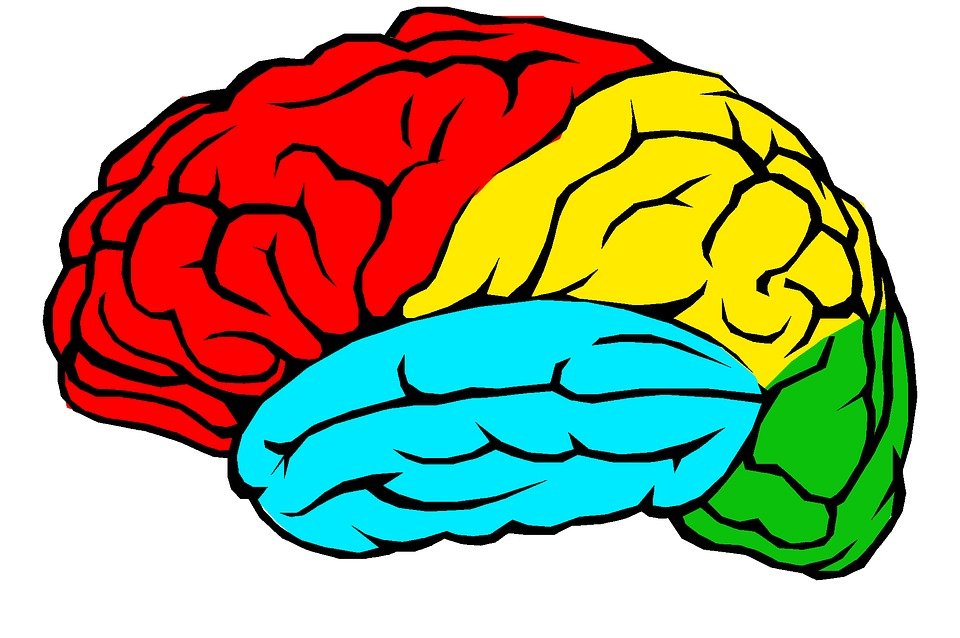The idea of being able to pause time and restart it in the future is a neat thought. Human Cryogenics is the actual term for freezing a body to preserve it for a number of years, to then be able to unfreeze it later and bring it 'back to life'. Would this work?

When water freezes it expands and forms ice crystals. This is because ice is less dense than water and since the human body is up to 60% water; human cryogenics is not as simple as we think.
We can easily put a body in a bath of liquid nitrogen and that would freeze it inside out. But the problem is when all this water inside us freezes, these ice crystals pierce and destroy our cell membranes and DNA; which effectively ruins most chances of being able to bring this person "back to life".

So how does human cryogenics work?
Mostly, the above is done but with adding a step called vitrification. Vitrification is a process which replaces some of the body's water with cryoprotectants, effectively reducing the amount of ice crystals formed from the freezing process.
Nobody knows if this allows for cryogenics to work without damaging organs - but scientists have been able to do this on small insects and small tissue such as blood vessels, as they were able to control cooling and were able to verify that the cryoprotectants were fully diffused.
Since the human body is so large, in the cooling process it is prone to fracture due to immense thermal stress.
Even if it did work on organs, it is still not as simple as that. We have many different organs in our bodies carrying out different processes and they are composed of different types of cells, structured differently. This means different organs must be cooled at different rates for the highest probability they still work.
The brain for example, is extremely sensitive to cooling due to all its billions of connections.

This can only legally be done on people who have just died. When people die, their cells stay alive and perform metabolic processes for some time before the body fully dies. In this time period, the company carrying out the cryogenic comes in and acts on the body to preserve it for the future.
In conclusion this process is a hopeful process. No one knows if it works and it's all down to belief. What do I think? It is highly unlikely to be successful. Hope this has taught you something new.
Until next time, take care. Mystifact